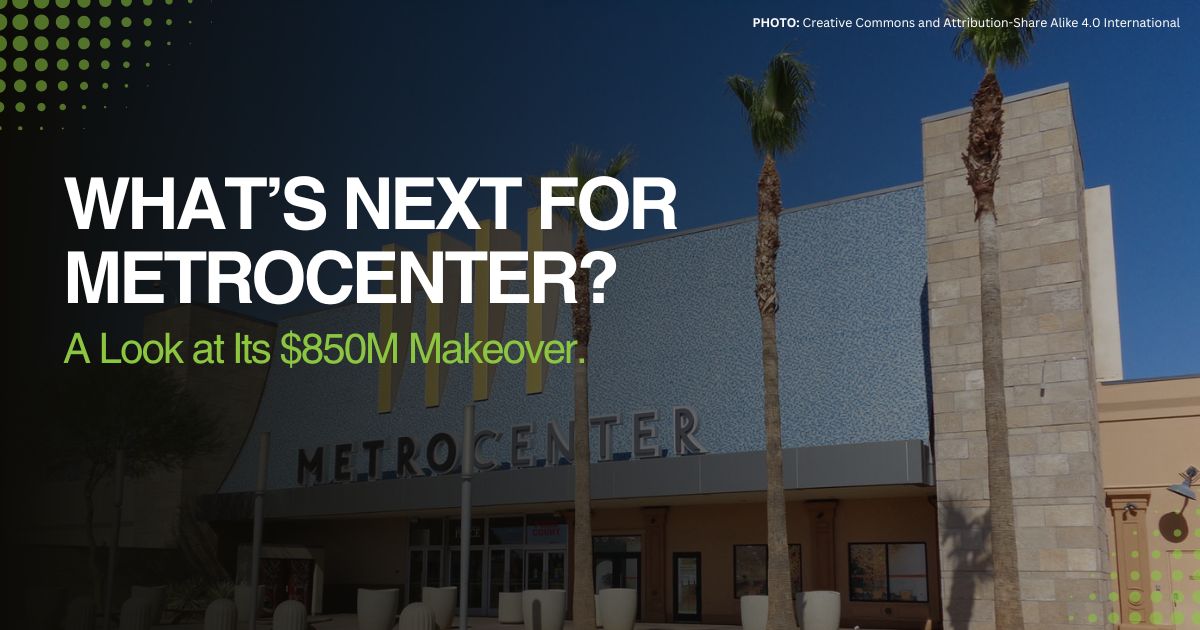
First time homebuying is harder than ever
Buying a home has become increasingly challenging for first-time buyers. According to a new report by the National Association of Realtors (NAR), the typical first-time homebuyer is now 38 years old — an all-time high and a notable shift from the late 20s median age common in the 1980s. Today, only 24% of buyers are entering the market for the first time, the lowest proportion recorded since NAR began tracking this data in 1981. These trends point to growing obstacles in homeownership, but there are also strategies to help buyers still achieve their dreams.
Why First-Time Buyers Are Now Older
A combination of high housing costs, economic shifts, and increased living expenses has influenced when Americans feel ready to buy a home. Over the past decade, the market has become more challenging, especially for younger Americans like Generation Z and millennials. Home prices are at historical highs, with the median sales price reaching $404,500 as of September 2024, according to NAR data.
Mortgage rates have also risen, making monthly payments larger and putting homeownership out of reach for many. As a result, people are staying in rental properties longer, waiting until they feel financially secure enough to handle a mortgage. The median household income of first-time buyers is now $97,000, reflecting the financial threshold many must meet to compete in today’s market.
The Pandemic’s Lasting Impact on Homebuying
The pandemic-driven housing boom created many of the challenges faced by new buyers today. During this time, low mortgage rates and stimulus checks fueled a housing boom, enabling existing homeowners to build equity. For those unable to buy during this period, however, conditions only worsened. Inventory shortages combined with surging demand pushed prices up, creating a highly competitive landscape for first-time buyers.
Strategies for First-Time Buyers in High-Cost Markets
Though first-time homeownership is challenging, there are practical strategies for those looking to buy, especially in high-cost areas:
- Explore Down Payment Assistance Programs: Many programs, including FHA loans and VA loans, can help buyers manage down payment requirements. Arizona also offers state-specific assistance options for first-time buyers.
- Consider Low Down Payment Loans: Some mortgage programs allow as little as 3-5% down, offering a financial leg-up in pricey markets.
- Negotiate Seller Concessions: In a cooler market, buyers might be able to negotiate for the seller to cover some closing costs or make repairs, reducing upfront costs.
Preparing for Future Market Shifts
Even if you’re not ready to buy now, preparing financially can make a difference when market conditions improve. Here are some ways to get ready:
- Build Financial Resilience: Start saving for a down payment and work on improving your credit score for better mortgage terms.
- Get Pre-Approved Early: Pre-approval gives you a clear idea of your budget and strengthens your offer if you find the right home.
- Consider Fixer-Uppers: If a dream home is out of reach, consider properties that may need renovations. Fixer-uppers can offer a lower entry price and future equity growth.
Why Location Flexibility is a Game-Changer
With remote work becoming more common, many Americans can now consider buying homes in more affordable areas. Suburban or rural areas often provide lower home prices, offering buyers a chance to access more space or land. This shift has helped some buyers save significantly, making homeownership more attainable.
How Phoenix Compares Nationally
For those considering the Phoenix market, it’s worth noting that Phoenix continues to experience rapid population growth and demand. However, new developments and job growth in the region could bring new housing options to market. Buyers may find that while Phoenix remains competitive, it still offers more affordable choices compared to other major metro areas.
Looking Ahead: Potential Changes in First-Time Homebuying
While the current landscape presents obstacles, several potential shifts could eventually ease conditions for first-time buyers:
- Increased Housing Supply: As construction accelerates, inventory may become less constrained, helping to stabilize prices. Local governments are also pushing for affordable housing initiatives, which could open up more options.
- Mortgage Rate Adjustments: If the Federal Reserve eases interest rates as inflation stabilizes, borrowing could become more affordable, making home loans accessible to more buyers.
- Generational Wealth Transfers: Many younger buyers may inherit funds from older generations, making down payments and even full purchases more feasible.
- Policy Changes: Efforts like the Affordable Housing Credit Improvement Act could help first-time buyers access affordable housing options. Additionally, Arizona state initiatives may create more paths toward homeownership for local residents.
The Bottom Line: Is Homeownership Still Possible for First-Time Buyers?
The journey to homeownership is complex, but it’s still achievable with the right approach. First-time buyers can stay informed, financially prepared, and open to different types of properties. While the market may seem daunting, patience and strategic planning can make homeownership a reality.



